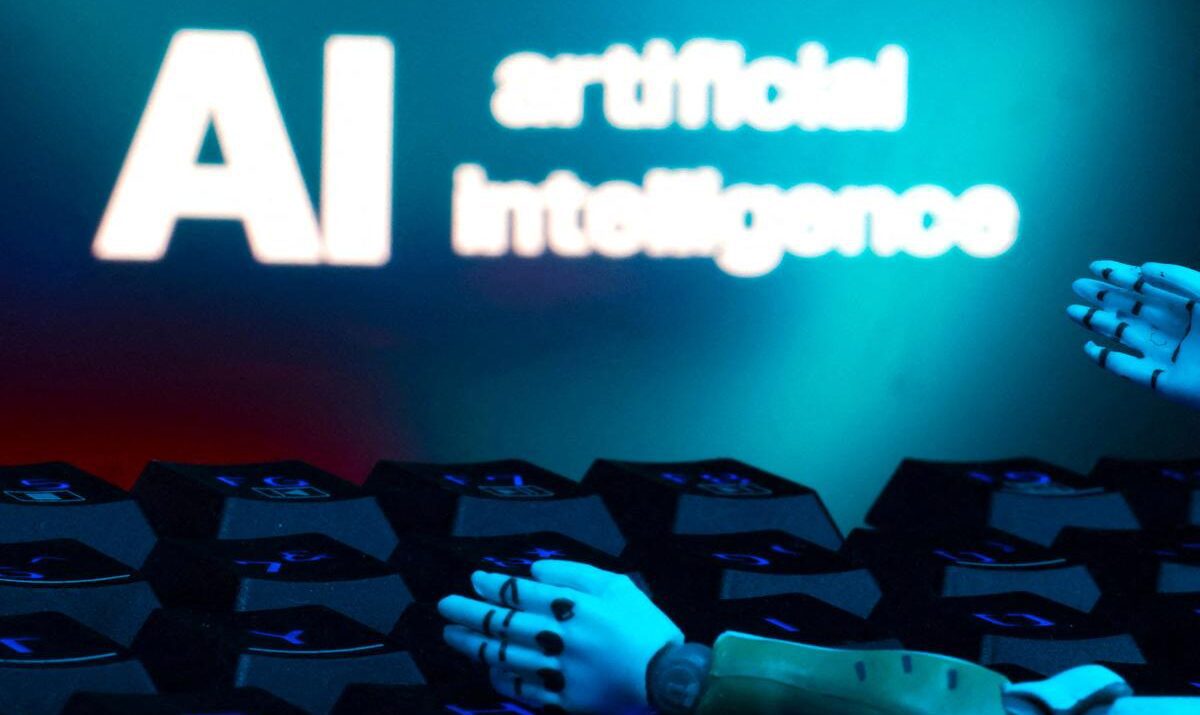U.S. companies have poured an estimated $35–40 billion into internal artificial intelligence (AI) initiatives, yet nearly 95% of these projects have produced no measurable return on investment, according to a new MIT study titled “The GenAI Divide: State of AI in Business 2025.”
The research paints a sobering picture: while AI hype has fueled a flood of enterprise spending, the overwhelming majority of in-house AI pilots have either stalled or failed to integrate into existing business workflows. Only 5% of companies surveyed were able to extract meaningful value from AI deployments — in some cases generating millions in revenue within a year.
Why Most AI Projects Fail
The study — based on 150 executive interviews, analysis of 300 AI applications, and a survey of 350 employees — identified three major reasons why most corporate AI efforts fail:
- Brittle workflows – AI tools struggle when asked to slot into rigid corporate systems.
- Lack of contextual learning – Current generative AI systems don’t adapt well to company-specific processes.
- Poor alignment with operations – Many deployments were mismatched with day-to-day tasks, limiting their usefulness.
Generic tools like ChatGPT or Copilot, while effective for individual productivity, often “stall” at the organizational level, with little to no impact on profit and loss statements, the researchers concluded.
Wrong Use Cases, Wrong Focus
MIT’s findings also highlight that companies are often applying AI in the wrong areas.
- High-ROI applications: Back-office tasks such as administrative processing and repetitive functions — areas where AI can cut costs and increase efficiency.
- Low-ROI applications: Sales and marketing. Over half of enterprise AI budgets were directed here, despite these being functions where human intuition still dominates.
The mismatch, researchers argue, explains why so much money is being spent with so little to show for it.
The Exceptions: How 5% Succeed
The few companies that are succeeding with AI tend to focus narrowly on a single pain point, execute well, and partner strategically with external providers.
- Some startups have seen revenues surge from zero to $20 million in a year by concentrating AI efforts on one core problem.
- Third-party AI tools from vendors like OpenAI and Perplexity are proving more effective than in-house builds. According to MIT, two out of three vendor AI deployments succeed, compared to just one-third of internally built systems.
“Those that win pick one pain point, execute, and scale from there,” said Aditya Challapally, the MIT researcher who led the study.
Impact on Jobs: No Immediate Wave of Layoffs
Despite fears of mass displacement, the report concludes that AI is unlikely to cause widespread job loss in the next few years. While companies may be slower to replace departing employees — particularly in customer support and admin roles — generative AI still lacks the contextual adaptability and autonomous operation needed for broad substitution.
Other AI leaders, such as Anthropic CEO Dario Amodei, remain more pessimistic, warning that up to 50% of entry-level white-collar jobs could vanish within five years.
Market Implications
The MIT findings come as enthusiasm for AI stocks remains high, but voices like OpenAI CEO Sam Altman have warned of an “AI bubble,” with investors “overexcited” about the technology.
For businesses, the key lesson is clear: AI isn’t a guaranteed growth driver. Success comes from practical integration, narrow focus, and alignment with operations — not broad, unfocused spending.
Key Takeaways:
- $35–40B invested in corporate AI, 95% producing no ROI.
- AI works best in back-office tasks, not sales/marketing.
- Only 5% of firms are seeing revenue boosts, often partnering with vendors.
- Widespread layoffs unlikely near-term, though hiring patterns are shifting.
Disclosure: This article does not represent investment advice. The content and materials featured on this page are for educational purposes only.
Related:
Stock Market Today: Tech Tumbles, Retail Steadies, Fed Looms
Intel Secures $2 Billion Lifeline From SoftBank, Shares Jump
Zelenskyy–Trump Summit: Key takeaways from Diplomatic Optics to Defense Deals










